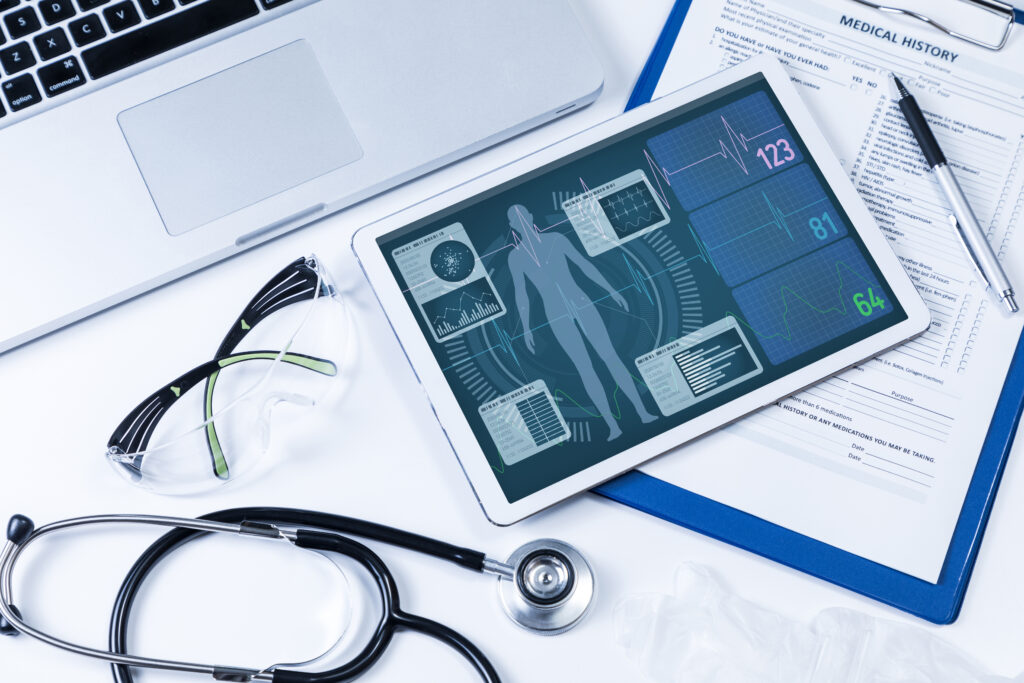Introduction
In the realm of healthcare, patient safety is paramount, and this holds especially true for medical devices. The development, manufacturing, and distribution of medical devices require rigorous risk management practices to ensure that these products meet the highest standards of safety and efficacy. In this article, we will delve into the world of risk management for medical devices, exploring its importance, key principles, and regulatory framework.
The Importance of Risk Management in Medical Devices
Risk management in the context of medical devices is not just a regulatory requirement; it’s a fundamental ethical responsibility. Lives depend on the safety and performance of these devices, which range from simple tools like thermometers to complex, life-sustaining devices like pacemakers. Effective risk management ensures that these devices are developed and maintained in a manner that minimizes harm to patients while maximizing benefits.
Key Principles of Risk Management
- Risk Assessment: The cornerstone of medical device risk management is the identification and assessment of potential risks. This involves a comprehensive analysis of the device’s intended use, its components, materials, and the possible failure modes. Through techniques like Failure Mode and Effects Analysis (FMEA) and Fault Tree Analysis (FTA), potential risks are ranked and prioritized.
- Risk Control: Once risks are identified, control measures must be put in place to mitigate them. This can include design changes, process improvements, or user instructions. The goal is to reduce the likelihood and severity of harm to an acceptable level.
- Traceability: Proper documentation is critical. All decisions related to risk assessment, control, and verification must be well-documented. This traceability ensures that all stakeholders can understand and verify the risk management process.
- Post-Market Surveillance: Risk management doesn’t end with product launch. It continues throughout the device’s lifecycle. Manufacturers must establish procedures for monitoring and addressing post-market issues. This includes gathering feedback from users, analyzing adverse events, and taking corrective actions when necessary.
- Regulatory Compliance: Compliance with regulatory standards is essential. Depending on the market, different regulatory authorities like the FDA in the United States or the CE marking process in Europe have specific requirements for medical device risk management.
Regulatory Framework
The regulatory landscape for medical devices varies by region, but there are commonalities in the principles and expectations of risk management. Here are some key aspects of regulatory compliance in the United States and Europe:
United States (FDA)
The U.S. Food and Drug Administration (FDA) regulates medical devices under the Federal Food, Drug, and Cosmetic Act. In the United States, risk management for medical devices is governed by the Quality System Regulation (QSR), outlined in 21 CFR Part 820. The FDA expects manufacturers to establish and maintain a risk management system, in accordance with the ISO 14971 standard. Manufacturers are required to:
– Document risk assessments for their devices.
– Implement risk controls as appropriate.
– Continuously monitor and mitigate risks.
– Report adverse events and product recalls promptly.
Europe (CE Marking)
In Europe, the regulatory framework for medical devices is known as CE marking. The Medical Device Regulation (MDR) and In Vitro Diagnostic Regulation (IVDR) lay down the requirements for medical device risk management. Key aspects include:
- Risk-based classification: Devices are categorized into different classes based on their potential risk, with higher-risk devices subjected to more stringent requirements
- Conformity assessment: Manufacturers must demonstrate that their devices meet essential requirements and have a risk management process in place
- Post-market surveillance: Continuous monitoring of devices in the market, reporting of incidents, and taking corrective actions are mandated.
Conclusion
Risk management for medical devices is not a mere regulatory box-ticking exercise; it’s a commitment to patient safety. The development, manufacturing, and distribution of these devices demand a systematic approach that identifies and mitigates risks throughout the product’s lifecycle. Regulatory authorities in different regions, such as the FDA in the United States and CE marking in Europe, provide the framework for compliance, but the ultimate responsibility lies with manufacturers to uphold the highest standards of safety and efficacy in the interest of patient well-being.


